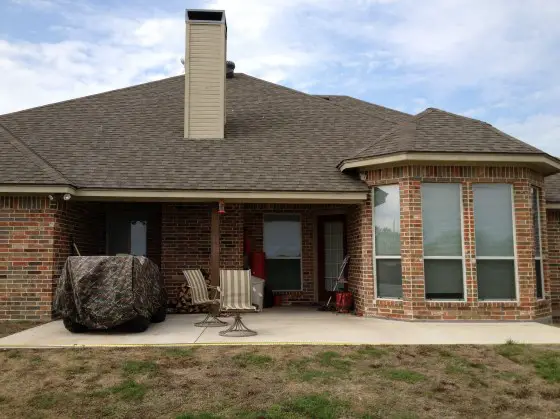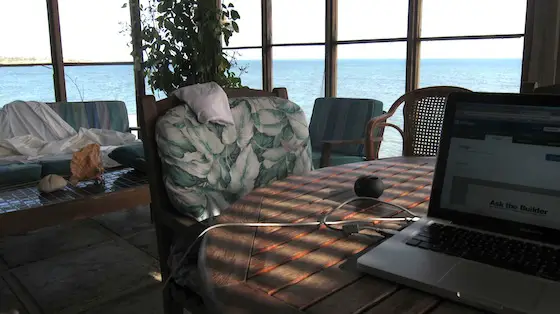Window glass is what makes a window. Windows open like doors and allow access to a space, but doors can be solid. When was the last time you saw glass windows sans glass? In other words, a solid panel of wood, plastic or metal in place of the transparent glass? I don't think in my lifetime I've ever seen such a thing. The glass allows you to see through the wall to the outdoors.
If you want to see a window in all its glory, then go to a church, or some other public building, that has a stained-glass window. I grew up as a Roman Catholic and going to church was a regular part of my life. I have vivid memories of being in church during mass looking at the brilliant colors in the stained-glass church windows. Some of the blues, greens and reds were as deep as a discussion on metaphysics. The colors and craftsmanship in each stain glass window still amaze me to this day.
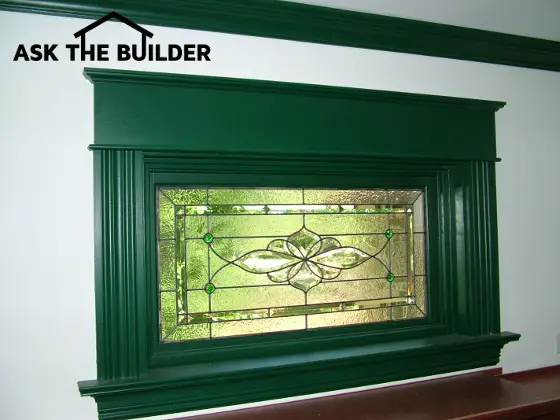
This gorgeous custom-made beveled and stained glass panel is not sandwiched between the insulated glass. It lays on top of the insulated glass and is permanently held in place with caulk . PHOTO CREDIT: Tim Carter
If you like stained glass, you can have a stained-glass window panel made to an exact size that will overlay an existing piece of window glass. My wife and I have had four different stained-glass window panels made to cover two windows in our family room and the tall, narrow sidelights that are on either side of our front door. You get the beauty of stained glass, and the efficiency of insulated glass.
Glass-block windows are another variation that appeal to some. To me, these windows are far more modern and only work with a few architectural styles. Back when I was still building each day for a living, I used to install many glass-block basement windows in place of rotting foundation windows. This was an enormous market back in the 1980's. Glass block then started to move indoors being used in bathrooms for both windows and shower enclosures.
Glass window replacement can be easy or very hard. Many years ago, when windows were single glazed with just one piece of glass, you would chip out the putty, remove the small metal clips that held the glass into the frame and then clean the opening. Installing new glass was not too hard. But window glass repair for modern insulated glass is slightly more complex. Some windows are impossible to repair, and you have to purchase a new sash. This is common on vinyl-coated wood windows.
Antique stained-glass windows are yet another type of window that has a distinct group of followers. Back in the early 1980's, these windows and leaded-glass windows were used heavily in expensive new homes west of the Mississippi River. You can see these houses in ski resorts and other posh developments.
This demand created a market that was satisfied by thieves. The house next to mine had all of it's 100-year-old gorgeous antique stained and beveled glass windows ripped from the frames in broad daylight. I'll never forget how heartsick Ralph Cautley was when he got home from work that night. If you have windows like this in your home, install a security alarm to scare away those losers that prey on good people.
If you do happen to have an antique stained glass window or two, you better take great photographs of them that show every detail and the overall design. You'll need these photos in case you have a catastrophic loss at your home. Without these photos, you'll get into an argument with your insurance adjustor. They'll just say you had regular glass or something very substandard. Don't trust your insurance company as far as you can throw them with no arms.
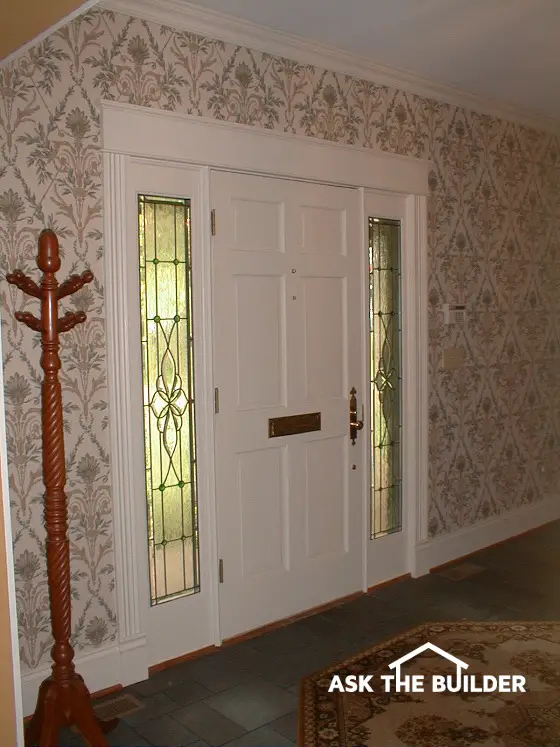
If you have a home that's loaded with old glass windows, especially larger up-down sash windows that have large pieces of float glass, don't send those windows to the dump. In many older cities, there's a large market for both the glass and the window sashes. You'll note that the glass in these older windows is wavy and often has imperfections. People highly value this glass as it adds enormous amounts of character to older homes. Glass actually flows slowly under the pull of gravity, and can be thicker at the bottom of the pane than at the top.
Don't forget that you can use decorative glass windows in front doors or even in French doors inside a home. I've installed gorgeous decorative glass panels that were custom made to fit an existing wood door that had regular rectangle raised panels and a different door that had octagonal wood raised panels. The amount of light these glass windows let into the entrance halls of these homes was more than you could ever imagine.
Column Q&A
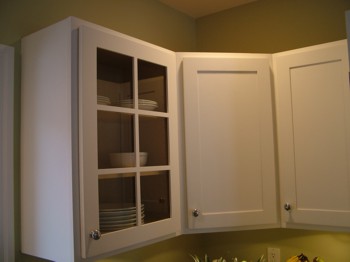
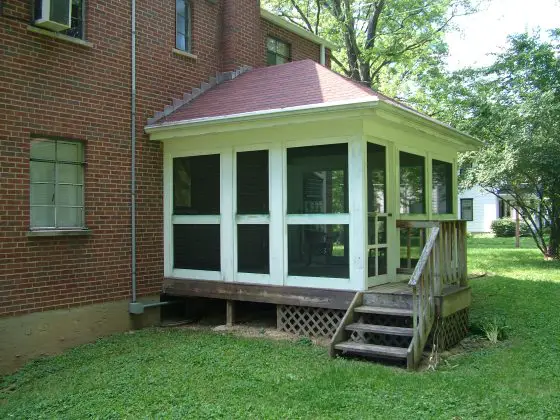 Screen porches are everywhere here in New Hampshire. I'm about to discover why as Spring is just around the corner and the black flies and noseeums will descend upon us like confetti at a parade. Porch screens are popular in just about any area that has moderate to high humidity and a generous population of insects. Unfortunately, the house I purchased doesn't have a screen porch, but it has a huge room that has windows and doors on three walls. All of these can be opened to create nearly the same effect as a true screen porch that has screens down to the floor.
Screen porches are everywhere here in New Hampshire. I'm about to discover why as Spring is just around the corner and the black flies and noseeums will descend upon us like confetti at a parade. Porch screens are popular in just about any area that has moderate to high humidity and a generous population of insects. Unfortunately, the house I purchased doesn't have a screen porch, but it has a huge room that has windows and doors on three walls. All of these can be opened to create nearly the same effect as a true screen porch that has screens down to the floor.